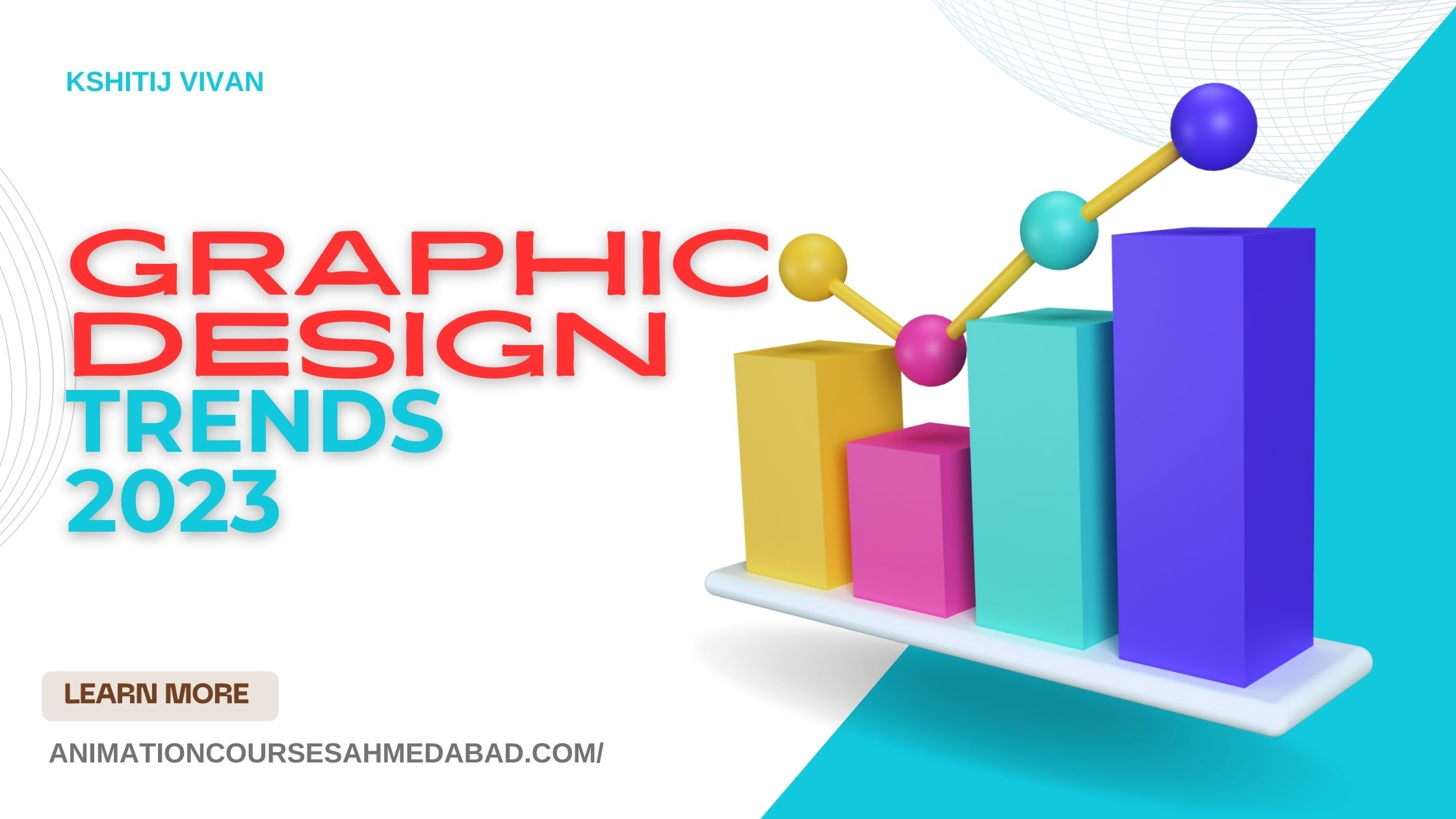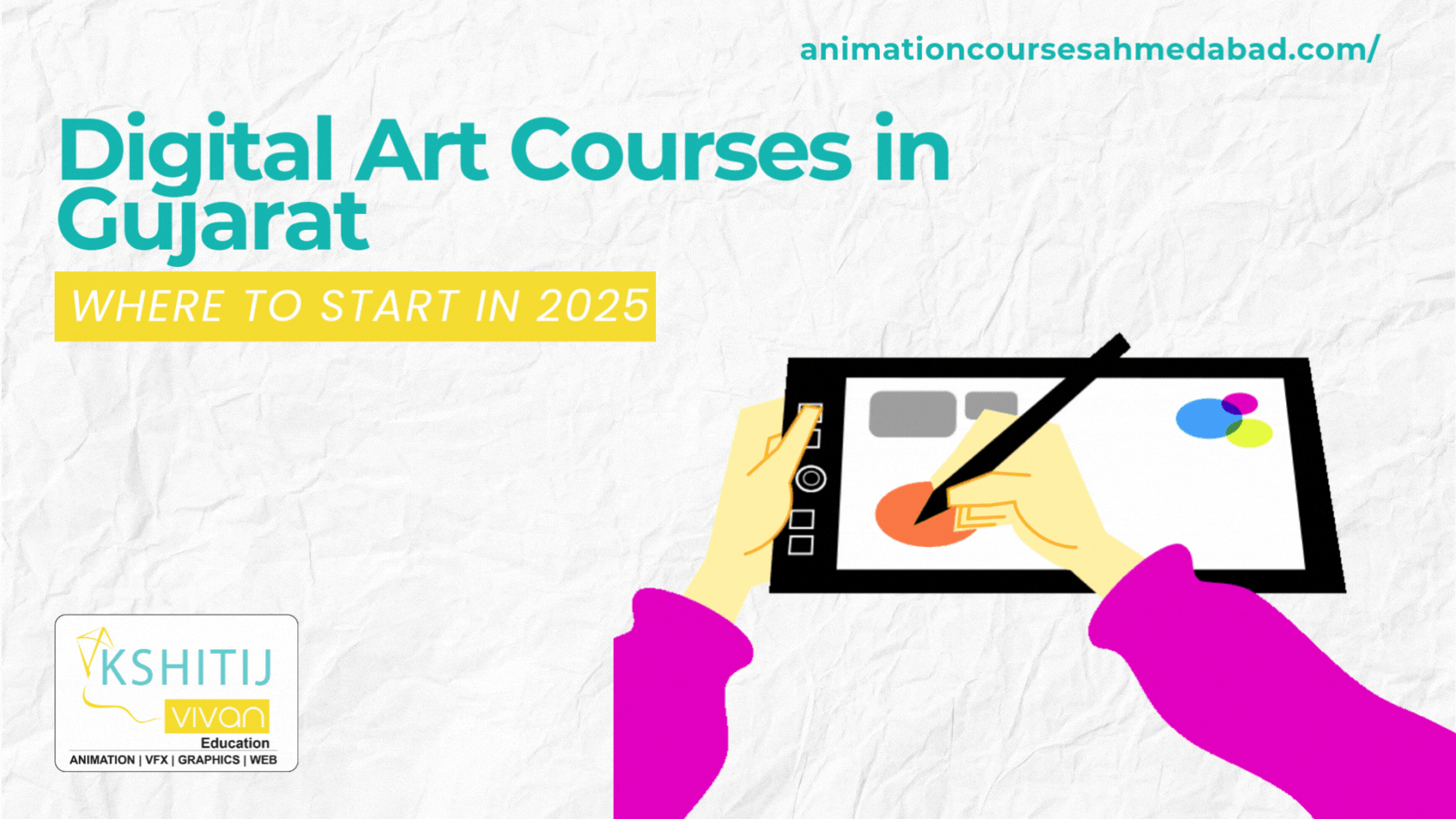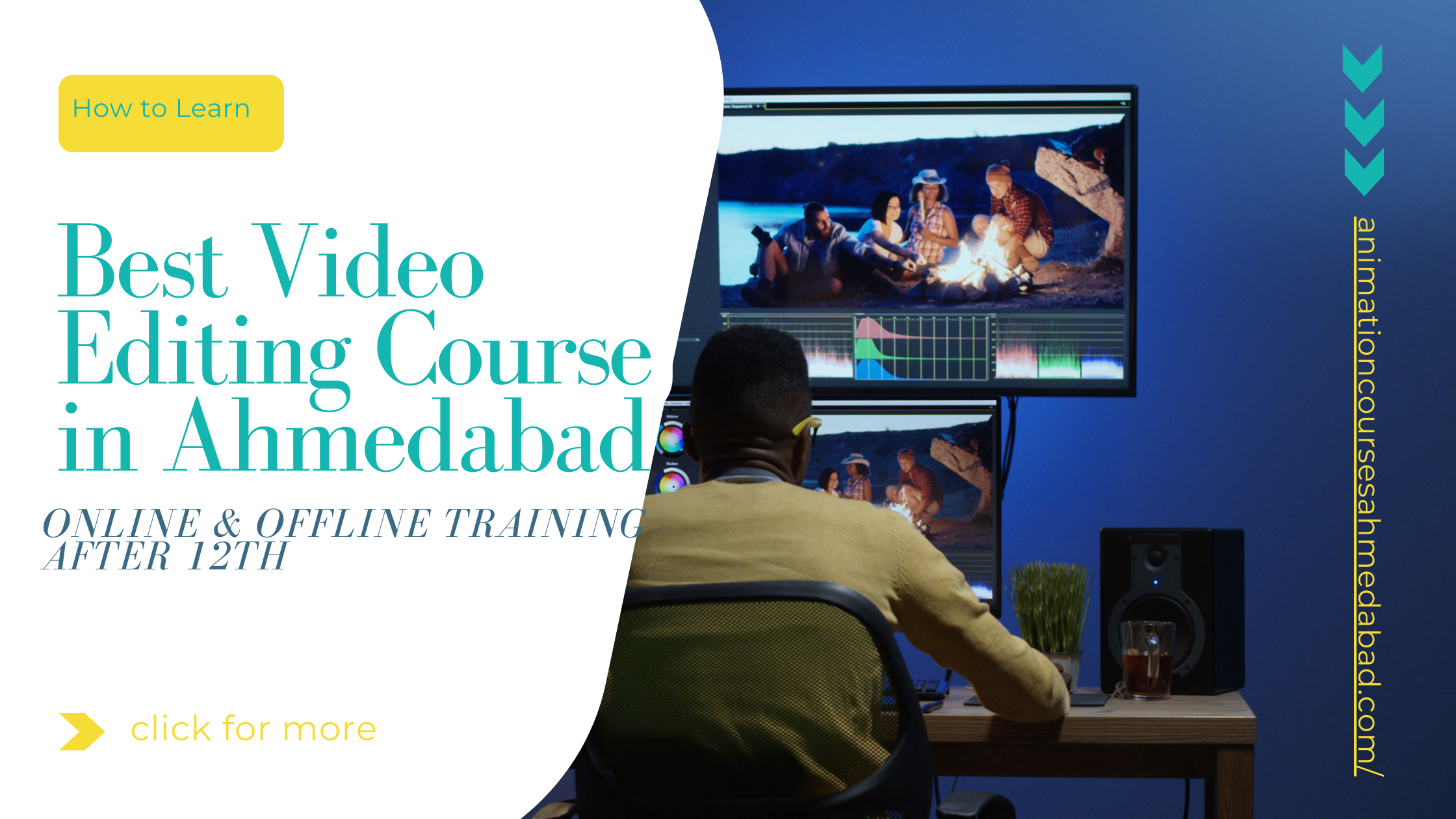
Current Graphic Design Trends in 2023
In the dynamic world of graphic design, staying updated on the latest trends is crucial for any creative professional. The graphic design industry is constantly evolving, influenced by technology, culture, and societal shifts.
Understanding and harnessing these trends can elevate design work, capturing attention and resonating with audiences on a deeper level.
In this article, we explore the cutting-edge graphic design trends that are making waves in 2023, from colors and typography to immersive experiences and sustainability.
Current Graphic Design Trends in 2023
1. Color Trends
Vibrant Color Palettes for Bold Statements:
Here is an example of vibrant color palettes from the Slack company logo.
Sourced from: slack
In 2023, bold and vibrant color palettes are taking center stage, demanding attention and making strong brand statements.
Graphic Designers are daringly combining contrasting hues and experimenting with color psychology to evoke specific emotions and create impactful visuals.
Pastels and Neutrals for Subtle Elegance:
On the other end of the spectrum, pastels, and neutrals are making a comeback, offering a refined and elegant touch to designs.
These subtle color choices are perfect for conveying sophistication and calming aesthetics.
The Rise of Gradients and Duotones in Designs:
Here is an example of gradient colors in the logo.
The Messenger app by Meta uses gradients in their logo
Soured: Facebook
Gradients and duotones are experiencing a resurgence, injecting depth and dimension into designs.
The clever use of these color techniques adds visual interest and an element of modernity to various applications.
2. Typography Trends
Big, Bold, and Playful Fonts:
Typography in 2023 embraces a bold and playful approach, where designers opt for oversized, attention-grabbing fonts to convey personality and originality. Mixing different font styles is a common practice to create visually striking typography compositions.
Serif vs. Sans Serif: The Ongoing Debate:
The debate between serif and sans-serif fonts continues in the design world, with each style evoking different sentiments. Serifs are celebrated for their timeless elegance, while sans serifs embody modernity and simplicity.
Handwritten and Custom Fonts for Personalization:
To infuse a personal touch and authenticity into graphic designs, custom, and handwritten fonts are gaining popularity. These fonts add an intimate connection with the audience, forging a more genuine brand experience.
3. Illustrative Styles
Abstract and Surreal Illustrations:
Abstract and surreal illustrations captivate audiences with their imaginative and thought-provoking visuals. These artistic interpretations go beyond the conventional, leaving room for individual interpretation and sparking curiosity.
Isometric and 3D Illustrations in Design:
Isometric and 3D illustrations are revolutionizing design by adding depth and a sense of realism. These visual techniques offer a unique perspective, elevating brand communication and user experience.
You can check out our blog's designs these show an example of Isometric and 3D Illustrations in Design
The Revival of Vintage Illustrations:
In a nod to the past, vintage illustrations are making a strong comeback.
Designers are infusing modern concepts with nostalgic elements, creating a sense of familiarity and authenticity that resonates with audiences.
4. Minimalism and Maximalism
The Power of Minimalist Designs:
Minimalism's influence on graphic design remains formidable in 2023. Clean lines, ample white space, and simplified elements communicate sophistication and clarity, drawing the audience's attention to the essential message.
Maximalism: Embracing Chaos and Opulence:
On the opposite end, maximalism is gaining traction, embracing an extravagant and luxurious approach to design. Rich textures, vibrant patterns, and a profusion of elements create eye-catching visuals that demand attention.
Mixing Minimalism and Maximalism for Unique Aesthetics:
Designers are finding the sweet spot by combining minimalism and maximalism, creating a harmonious balance between simplicity and abundance. This fusion results in visually captivating compositions that intrigue and engage viewers.
5. Photography and Graphics Integration
Blending Real-Life Photography with Graphics:
In 2023, the integration of real-life photography with graphics is becoming increasingly popular. This blending of elements adds a touch of realism to digital designs, creating an emotional connection between the audience and the brand.
Double Exposure and Layering Techniques:
Double exposure and layering techniques are being widely used to create visually compelling graphics. These methods allow designers to blend images seamlessly, producing captivating visual narratives.
The Fusion of Photography and Illustration:
Designers are skillfully merging photography and illustration to create extraordinary visuals that go beyond traditional boundaries. This fusion adds an element of surprise and intrigue, leaving a lasting impression on the viewer.
6. Motion Graphics and Animation
Adding Life to Designs with Motion Graphics:
Motion graphics are breathing life into static designs, making them more engaging and interactive. Animation enhances storytelling, effectively conveying complex information in a dynamic and visually appealing manner.
Cinemagraphs: The Subtle Motion Trend:
Cinemagraphs, a hybrid of photography and seamless looping animation, are gaining popularity for their subtle yet mesmerizing motion. These captivating visuals evoke a sense of fascination and curiosity.
Interactive Animations for Engaging User Experience:
Interactive animations are revolutionizing user experience, providing users with a more immersive and participatory journey through websites and apps. These interactive elements foster engagement and keep users invested in the content.
7. Sustainability and Eco-Conscious Design
The Rise of Eco-Friendly Design Practices:
In 2023, sustainability is a significant driver in the design industry. Eco-conscious designers are adopting green practices, striving to reduce the environmental impact of their work.
Using Sustainable Materials and Resources:
Sustainable materials, such as recycled paper and biodegradable packaging, are gaining popularity as designers prioritize environmental responsibility. This shift towards eco-friendly resources aligns design with the larger goal of preserving the planet.
Designing for a Greener Future:
Designers are increasingly integrating eco-conscious messaging and visuals into their work, advocating for a greener and more sustainable future. This approach not only resonates with environmentally-aware consumers but also inspires positive change on a global scale.
8. Augmented Reality (AR) in Design
Enhancing User Experience with AR:
Augmented Reality (AR) is reshaping user experience, blurring the lines between the physical and digital worlds. AR technology enhances brand engagement by providing users with immersive and interactive experiences.
AR-Infused Packaging and Branding:
Forward-thinking brands are incorporating AR elements into their packaging and branding strategies. This innovative approach captivates consumers, creating memorable and shareable moments.
AR Art Installations and Experiences:
In the realm of art and marketing, AR is being leveraged to create interactive and captivating installations. These experiences offer a unique blend of reality and digital magic, captivating audiences and leaving a lasting impression.
9. Mixing Analog and Digital Elements
Incorporating Handmade Art into Digital Designs:
The marriage of analog and digital elements is gaining momentum in the design world. Designers are incorporating handmade art, such as illustrations and watercolor paintings, into digital compositions for a touch of authenticity.
Digitizing Traditional Art Techniques:
Digitizing traditional art techniques opens up new avenues for creativity and experimentation. Artists can explore a myriad of styles, pushing the boundaries of digital art and design.
The Charm of Analog-Digital Fusion:
The amalgamation of analog and digital techniques adds a distinctive charm to designs, bridging the gap between the tangible and the virtual. This fusion showcases the versatility of modern design and its ability to adapt to diverse inspirations.
10. Abstract and Geometric Patterns
The Allure of Abstract Geometric Designs:
Abstract geometric patterns are gaining favor for their versatility and contemporary appeal. These designs lend a touch of sophistication to branding and marketing materials, captivating audiences with their visual complexity.
Using Patterns for Branding and Identity:
Patterns play a crucial role in branding and identity design. Designers are employing bespoke patterns that embody a brand's essence, creating a consistent and recognizable visual language.
Animated Patterns: Eye-catching Motion:
Animation brings patterns to life, creating visually mesmerizing and attention-grabbing designs. Animated patterns inject excitement and movement into static visuals, enhancing the overall user experience.
11. Cyberpunk and Futuristic Design
Embracing the Cyberpunk Aesthetic:
The cyberpunk aesthetic, inspired by science fiction and technology, is resonating with futuristic-minded individuals. Neon colors, glitch effects, and dystopian elements are employed to create visually striking designs.
Futuristic Interfaces and User Experience:
Designers are embracing futuristic interfaces, incorporating innovative user experiences that align with the rapidly advancing technology landscape. These cutting-edge interfaces are both visually appealing and intuitive to use.
Neon and Holographic Elements in Design:
Neon and holographic elements are making a splash in 2023, adding a futuristic flair to graphic design. These eye-catching visual elements evoke a sense of wonder and fascination, creating memorable brand experiences.
12. Retro and Nostalgic Design
Nostalgia as a Design Tool:
Nostalgia is a powerful emotion that designers are harnessing to create meaningful connections with their audiences. By evoking fond memories of the past, designers can forge a sense of familiarity and trust.
Incorporating Vintage Elements into Modern Designs:
Modern designs are embracing vintage aesthetics, combining retro elements with contemporary styles. This fusion allows for a unique and visually compelling blend of the old and the new.
The Revival of Retro Branding:
Retro branding is experiencing a resurgence, appealing to consumers' yearning for the charm of yesteryears. Designers are recreating vintage brand identities, tapping into nostalgia while adding a modern twist.
13. Cultural Influences in Design
Celebrating Diversity through Design:
Inclusivity and diversity are becoming central themes in graphic design. Designers are celebrating different cultures, incorporating diverse art forms, and showcasing a broader range of perspectives.
Exploring Global Art and Design Styles:
The design world is becoming more interconnected, with designers drawing inspiration from global art and design styles. This cultural exchange fosters creativity and a deeper appreciation for artistic diversity.
Designing with Cultural Sensitivity:
As designers explore cultural influences, it's vital to approach the process with sensitivity and respect. Responsible cultural integration ensures that designs celebrate diversity without appropriating or misrepresenting traditions.
14. Emotional Design and Storytelling
Eliciting Emotions through Design:
Emotional design is a powerful tool that connects brands with their audiences on a deeper level. Designers are strategically using colors, imagery, and typography to evoke specific emotions, fostering a more profound brand connection.
The Power of Visual Storytelling:
Clever use of visual storytelling by WordPress here
Sourced: sumo
Visual storytelling is a compelling way to communicate complex ideas and narratives. By using images and graphics, designers can convey powerful messages that resonate with audiences universally.
Empathy-Driven Designs for Better User Engagement:
Empathy-driven designs prioritize understanding the needs and emotions of users. By creating designs that cater to the users' emotions and aspirations, designers can achieve higher levels of engagement and loyalty.
15. Dark Mode and Light Mode Designs
The Popularity of Dark Mode Interfaces:
Dark mode interfaces have become increasingly popular due to their reduced eye strain and power-saving benefits. Designers are embracing dark aesthetics, creating visually striking and modern experiences.
Creating Stunning Light Mode Experiences:
On the other hand, light-mode designs continue to be favored for their classic and clean appearance. Designers are mastering the art of creating aesthetically pleasing light-mode experiences.
Designing for User Preference and Accessibility:
Offering users the option to switch between dark and light modes caters to individual preferences and accessibility needs. This flexibility enhances user satisfaction and inclusivity.
16. Whimsical and Playful Designs
Infusing Playfulness into Branding:
Playful designs are injecting a sense of fun and joy into branding and marketing efforts. This approach creates memorable and positive brand associations, enticing customers to engage and share the experience.
Cartoonish Illustrations and Characters:
Cartoonish illustrations and characters are gaining popularity as they exude a friendly and approachable demeanor. Brands are incorporating lovable mascots to personify their identity and foster stronger emotional connections.
Designing for a Sense of Wonder:
Whimsical designs captivate audiences by tapping into their sense of wonder and imagination. By creating imaginative and fantastical visuals, designers transport users to a world of creativity and delight.
17. 3D and Mixed Reality Experiences
Immersive 3D Design and Art:
The world of 3D design is flourishing, offering artists and designers limitless possibilities for creativity. 3D visuals create immersive and engaging experiences, pushing the boundaries of graphic design.
McDonald used clever marketing here with the use of 3d and augmented reality technology/.
Sourced: NordDDb
Mixed Reality Applications in Various Industries:
Mixed reality experiences are permeating diverse industries, such as gaming, retail, and education. These innovative applications enhance user engagement and create novel ways of interacting with digital content.
Pushing the Boundaries of Creativity with 3D:
With rapid advancements in technology, 3D design continues to push the boundaries of creative expression. Designers can create lifelike environments and experiences that captivate audiences and blur the lines between reality and imagination.
Disclaimer: The logos of different companies used in this blog are for educational purposes only. All logos belong to their respective owners, and their use here does not imply endorsement or affiliation. We respect the intellectual property rights of the companies mentioned.
Conclusion
The ever-changing landscape of graphic design in 2023 offers a myriad of opportunities for creative expression.
From vibrant color palettes and bold typography to augmented reality experiences and nostalgic design elements, each trend brings something unique to the table.
As graphic designers, it's essential to stay updated on these trends while staying true to the brand's identity and values.
Embracing innovation and cultural influences while remaining sensitive and empathetic will lead to designs that resonate with audiences and stand the test of time. As we look forward to the future, the world of graphic design will continue to evolve, continually pushing the boundaries of creativity and imagination.



